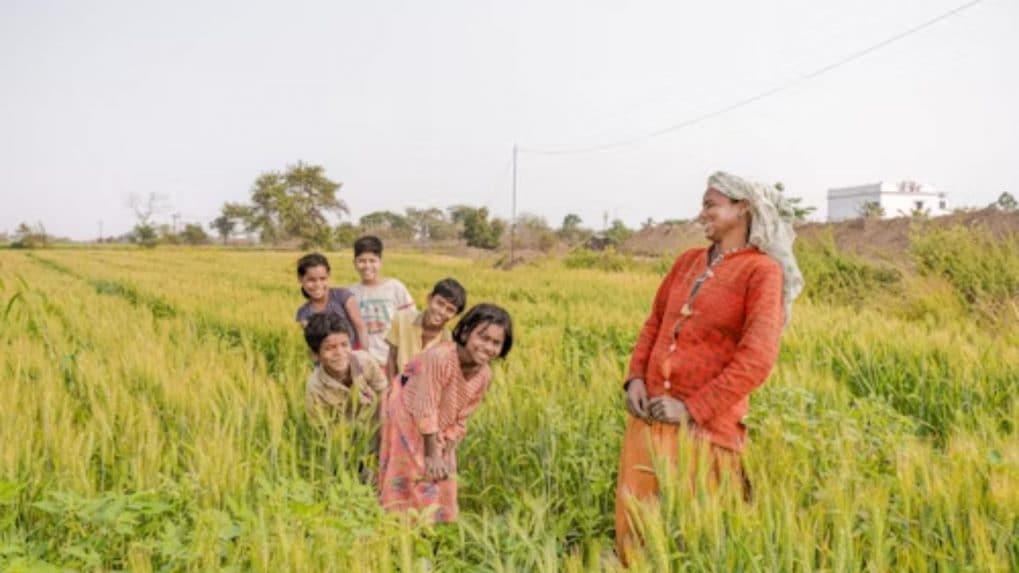Rural India embraces digital media; 47% adopt hybrid model: Report
According to Kantar & GroupM Rural Barometer Report 2024, 47 percent of the rural population of the country has adopted a hybrid model of consuming media content fueled by affordable internet and better digital infrastructure.
ADVERTISEMENT
India's rural market is increasingly adopting traditional and digital media as per a new study.
Notably, several digital platforms are playing a vital role in reaching and engaging consumers. From payments and e-commerce to gaming and lifestyle content, the digital landscape is expanding rapidly.
According to Kantar & GroupM Rural Barometer Report 2024, 47 percent of the rural population of the country has adopted a hybrid model of consuming media content fueled by affordable internet and better digital infrastructure.
While traditional media remains influential, a hybrid approach that leverages both online and offline channels is key to effectively connecting with rural audiences, the report noted.
FICCI EY Report: 51 percent of total ad spends in Digital media
However, states like Bihar, Uttar Pradesh, Madhya Pradesh, Chhattisgarh, and Jharkhand are less digitally connected, necessitating targeted media strategies.
Ajay Mehta, Managing Director, GroupM OOH Solutions in India suggested that brands must adapt their strategies to meet them where they are as rural consumers embrace online platforms.
"The rural landscape is no longer just a geographical space; it's a digital frontier ripe with opportunities," Mehta said.
Digital media ad spends touch Rs 40,685 crore in 2023, surpasses TV adex: Reports
According to the report, rural consumers are drawn to lifestyle-focused content such as fashion, health, and travel. Additionally, the report underscored a shift in the adoption of digital payment systems in rural India. The Kantar-GroupM report mentioned that internet users and e-commerce have surged to 42 percent in rural India.
The 2024 Rural Barometer report also noted a 60 percent rise in the average FMCG basket size among rural consumers, from 5.8 in 2022 to 9.3 in 2024, driven by a growing preference for convenience products.
However, rural individuals with only agricultural income, who make up 19 percent of the population face higher financial concerns. Individuals with diverse income sources, that is 81 percent demonstrated less stress and enjoyed larger basket sizes.

